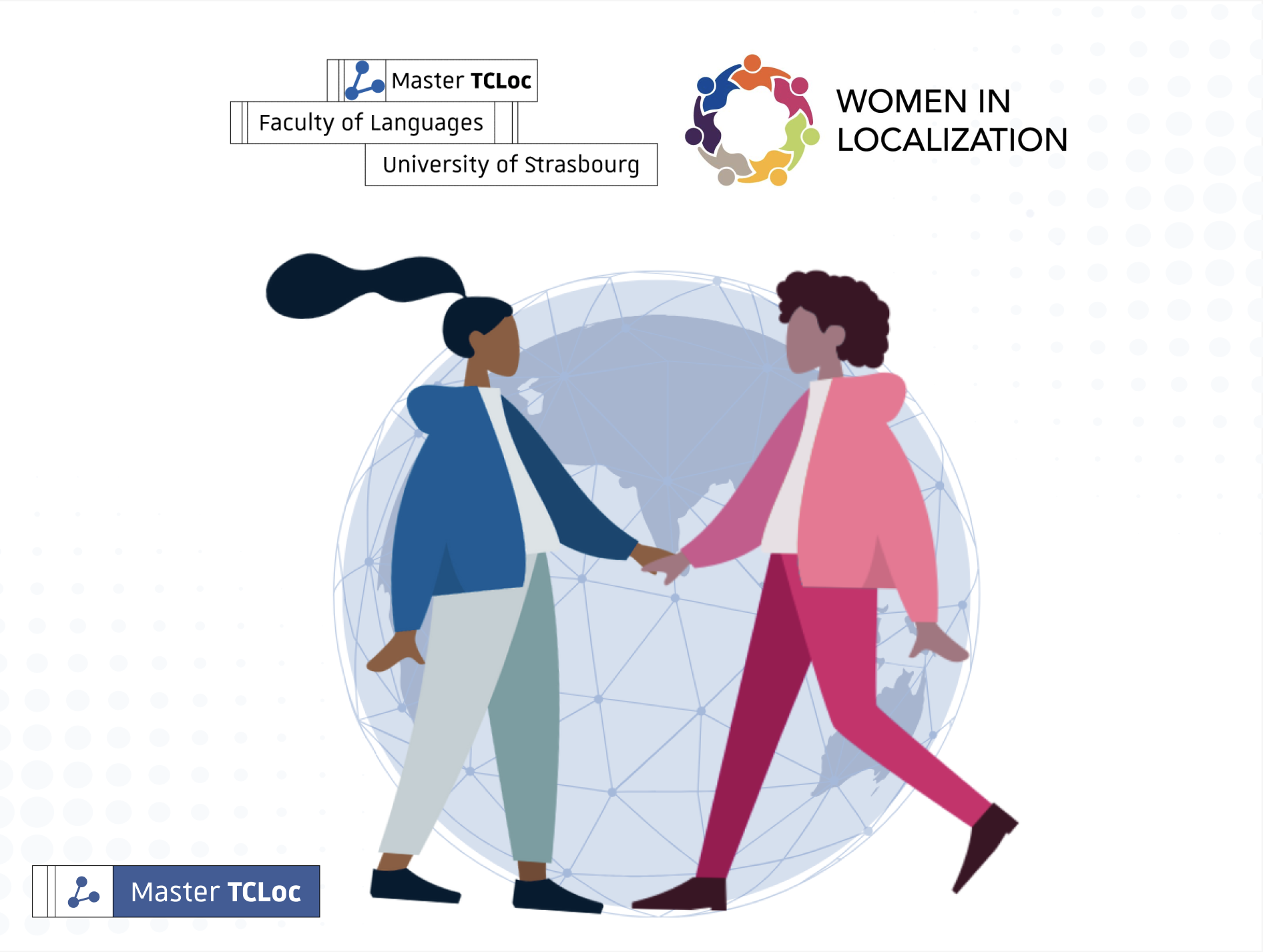Businesses today are able to reach a global audience. But when targeting different markets, they should be aware of the importance of content localization.
Most businesses today aspire to reach a global audience. Thanks to the Internet, potential customers can be in Delhi, Lima, or even Sydney. Undoubtedly, this offers incredible opportunities to expand your business but it also poses a variety of challenges.
While differences in language are quickly recognized—people want to buy and use products available in their own native language—, a key fact is often forgotten: If you want to go global, you need to stay local.
A successful global marketing campaign should pay attention to specific aspects regarding the target market. A simple translation, in which the content of a marketing copy in source language A is transferred to target language B, is rarely enough. Cultural references, imagery, and humor play a vital role in marketing campaigns, and can determine its overall success or failure.
Here’s an example: Imagine that a food delivery app creates a successful marketing campaign in the UK, the main idea is to satisfy customers’ curry cravings without needing to leave the couch—one click on the app and they can order a delicious spicy curry. It works well in the UK, where chicken tikka masala is a food staple. This means that the target audience can easily relate to the campaign and find it appealing. But if we transfer the same example to a Brazilian audience, you will find out that instead of attracting customers, you might end up alienating them: Most Brazilians are not familiar with Indian cuisine, meaning much less would have curry cravings. Ordering a fresh ‘out the oven’ pizza would be considerably more likely and relatable for that market.
One thing is certain: To reach a global audience, you need to make sure that your content stays relevant and engaging across cultures. Frequently, that can only be achieved by localizing content. Content localization is about more than translation: it is about adapting or changing content in order to ensure it is relatable, culturally appropriate, and appealing to the target audience.
Marketing translation and transcreation are two interesting ways of approaching content localization. Both require a similar set of expertise: professionals who are extremely knowledgeable and proficient not only about their target language but also about their target culture. Also, having strong writing skills is extremely important. However, it will depend on the type of content as well as your marketing goals in order to determine which approach fits best.
Marketing Translation: It’s all about adapting
Marketing translation could be simply defined as the translation of marketing material. However, it entails many more aspects than a straightforward, word-for-word, translation.
In fact, marketing translation is, in large part, an adaptation. While the meaning should stay the same, its delivery might change according to target market. The key point is to convey the message in an appealing and relatable way: it should read fluidly and be as engaging as the original copy.
To achieve this, it is important to take into account the overall aim (build brand awareness, attract new customers, engage with the target audience, etc.). The type of content (blog post, press release, newsletters, social media post, etc.) also determines the translation process—blog posts should be fun and interesting, sometimes allowing for more creative adaptations. Press releases, on the other hand, bring a clear message that needs to be faithfully communicated.
A good marketing translation should always respect the tone of voice, style, and context of the source text. It is fundamental to stay on brand, that is, to preserve the brand’s identity. The outcome should be close to the source in meaning and style, while making it appealing to a new target market.
Transcreation: It’s all about recreating
Many things that are true for marketing translations are equally true for transcreations: it should be relatable, aware of cultural differences, engaging, and loyal to the style of the brand.
But transcreation goes one step further— by recreating the original. The original version is used both as a reference and as inspiration, but the transcreator (a highly creative and specialized linguist) is free to reimagine and reinvent.
Once again, preserving the brand’s identity and the core message is crucial; however, transcreation gives the possibility of changing the content (e.g., references, humor, idioms, metaphors) in order connect and engage with the local market. That is why transcreation is ideal for slogans, taglines, and other highly creative and localized marketing material. Imagery and colours might also be altered in order to improve acceptance or respect cultural sensitivities.
A successful transcreation should be preceded by a creative brief: the transcreator has to understand the creative concept, the desired style and tone of voice, the target audience, and the end goal of the campaign. Only a well-detailed creative brief can result in a transcreation that works both for the brand and for the target market.
To go global, stay local
As businesses go global, it’s important to remember that the key for success is to stay local. It is true that our globalized world feels smaller every day, but one size does not fit all. When deciding to buy a new product, people need to feel an emotional and cultural connection—they want a product that feels like it was made for them.
Whether you choose a marketing translation or a transcreation, content localization is a vital stage of your marketing strategy. The Internet can bring your business to tens of dozens, even hundreds of countries. However it isn’t only only when you speak the language, but when you show that you understand and respect their culture, that you can really reach out and build a global audience.
About the author
Catia Pietro is a Berlin-based Brazilian Portuguese translator and copywriter specializing in non-fiction literature, marketing, transcreation, and localization.



